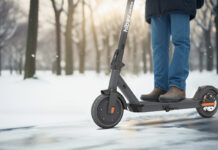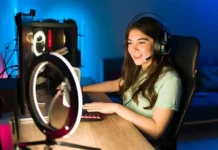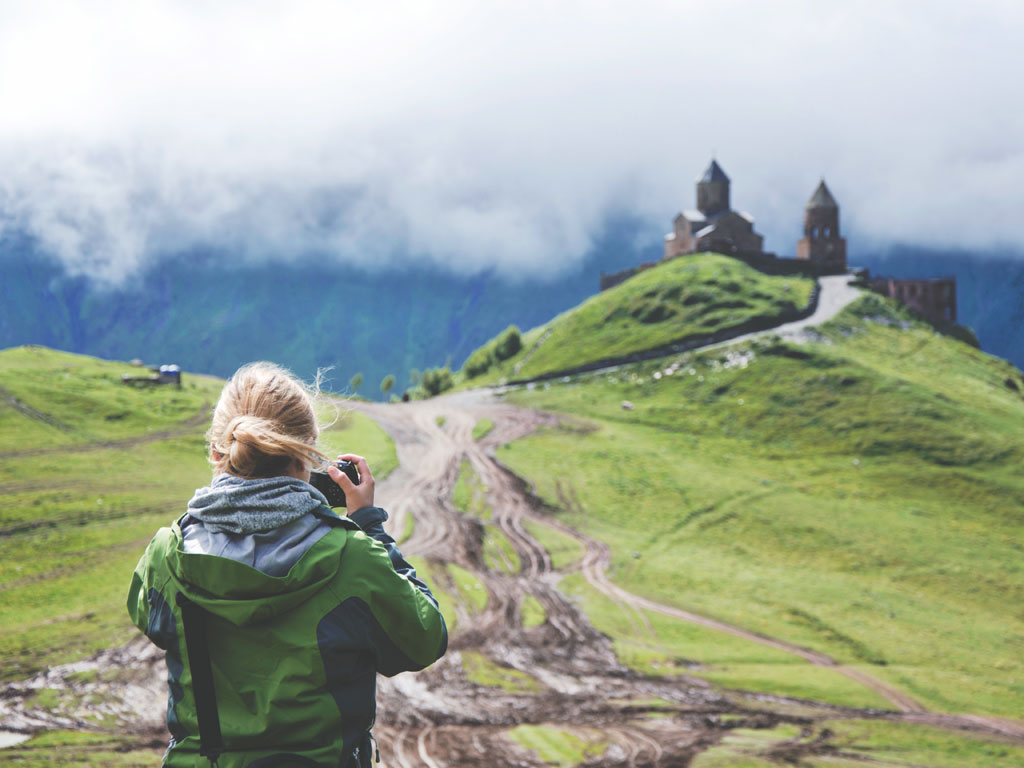
Over the last number of years, the smartphone has become the Standard Camera of the People. But there are a number of situations where you are better off with a standalone camera, and today I’m going to look at 5 of those situations and hopefully convince you that there is still a reason to own a proper camera.
Sports & Action Photography
Shooting sports and action can be really challenging; you need to be in exactly the right place at the right time to get the shot, and often you are limited in how close you can get to your subject. That’s why you regularly see pro photographers on the sidelines at big games toting those huge telephoto zoom lenses mounted on monopods. Telephoto lenses enable photographers to get close-ups of the action from a significant distance. If you watch closely you’ll notice the pros tend to put down the big gear when the action gets close and pick up a second camera with a much smaller lens.
Arguably they could reach for their camera at this point and possibly get a good shot, but by the time they get the camera app open they may well be flattened by a linebacker or trampled by a point guard! To get those long distance shots however, there’s no substitute for the telephoto lens, because most camera phones don’t have an optical zoom. They might pretend they do, but when you ‘zoom in’ with your smartphone, you are really just cropping and enlarging the image in real time. The result will be a lower resolution image, which is often pixilated and lacking in detail.
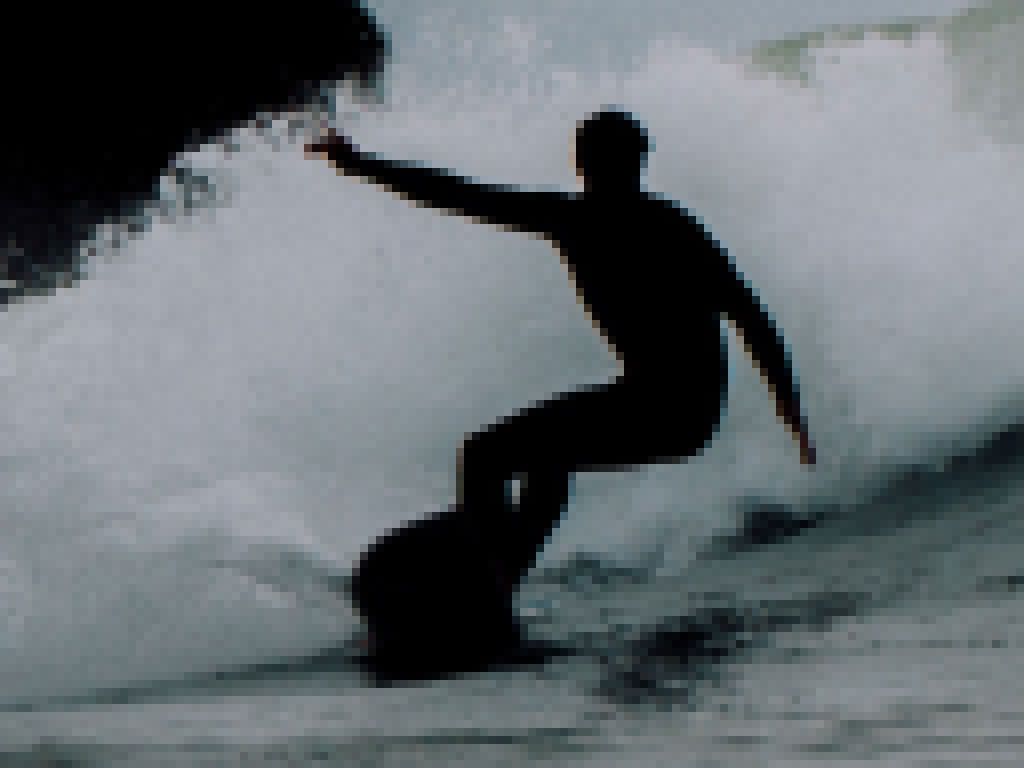
Portrait Photography
One of my absolute favourite things to do with a camera is create portraits. I love having the creative freedom to work with subjects who are happy to take direction and allow me to express myself. But there is one very specific tool that I absolutely must have, and that’s a 50mm prime lens (specifically, the Canon EF 50mm f/1.4). With a 50mm lens I get fantastic clarity and sharpness, but I also get something I like to refer to as the ‘art factor’. I can create images with beautifully blurred-out backgrounds that my clients will absolutely love, images that have this wonderful, almost ethereal quality. This is not something I would be able to create with a smartphone, because smartphone cameras are unable to achieve shallow depth-of-field, which isolates the subject from the background through the contrast between the in-focus areas and the out-of-focus areas. You may hear photographers refer to ‘bokeh’, a Japanese word that, literally speaking, refers to the quality of an out of focus point of light. The way a lens renders an out of focus point of light is actually specific to that lens. But when photographers speak in gushing terms about the bokeh of a lens, they generally mean it’s capable of creating those wonderful blurry backgrounds.
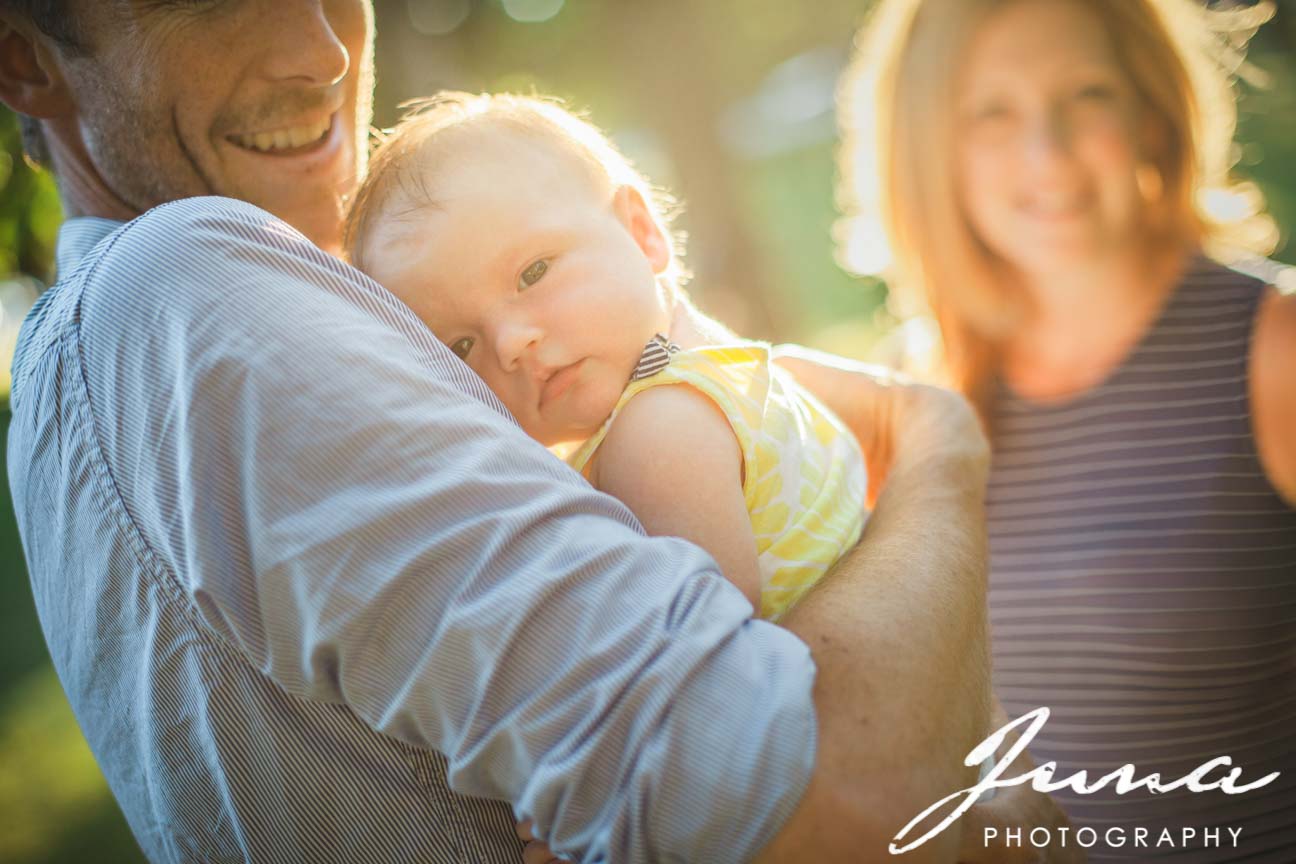
I’ve photographed entire portrait sessions with just a 50mm lens because I know that I can use shallow depth-of-field to create something amazing, something my client has never seen on a phone.
Weddings & Events
I shoot weddings with just three lenses; a telephoto zoom lens for distance and portraits, a wide angle for documentary work in confined spaces, and my trusty 50mm lens. I need just these three lenses to cover all my bases and tell a start-to-finish story of the day. You can definitely get some great candids with your phone, and some scene-setting wide-angle shots, but you won’t be able to get close-ups of the bride and groom at the ceremony for example. Also, you won’t be able to get those beautiful arty portraits with the amazing bokeh that the bride and her friends will freak out over.
One of the challenges you regularly face when photographing a wedding is low-light situations, because the nature of the event is that it tends to go on into the evening. Smartphones are notoriously weak in low-light because of the small sensor, so once the light drops below a certain threshold, you’re basically finished. With a DSLR or a mirrorless camera you can increase the ISO to make the sensor more sensitive to light and continue to make great photos.
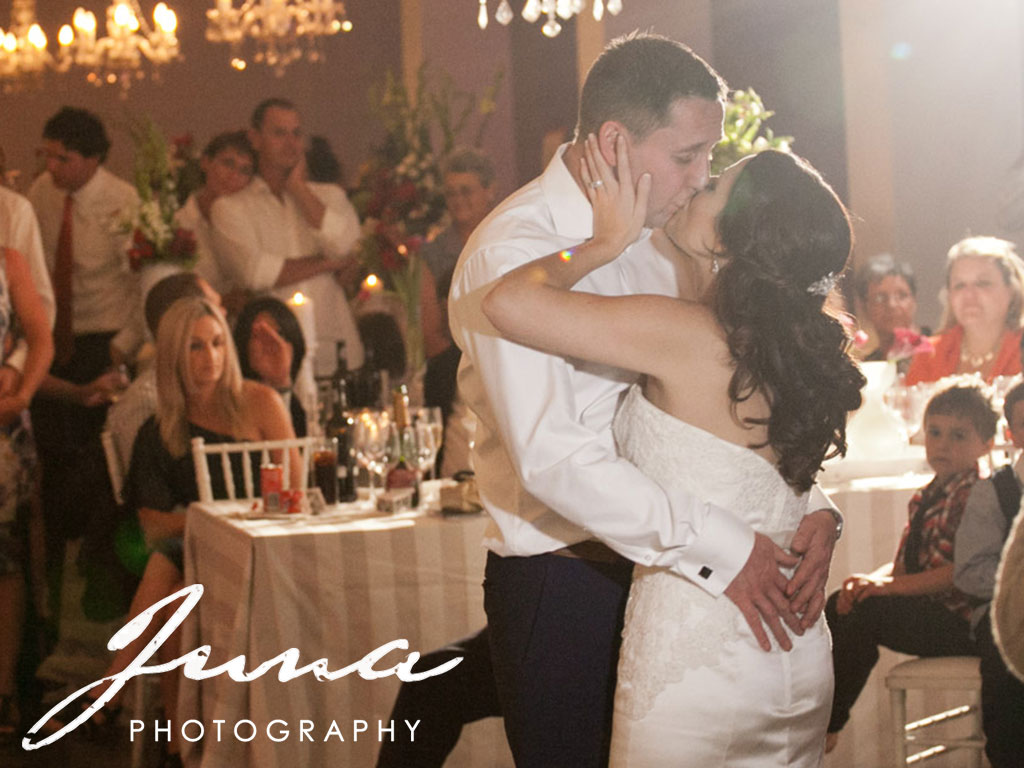
When I’m photographing an indoor event I mount speedlights on light stands and activate them remotely from my camera, using radio triggers. This allows me to generate lighting that is much more interesting and dynamic than the in-house lighting. Smartphones weren’t really designed with event photography in mind, so your options for remotely triggering speedlights are severely limited, if they exist at all.
Nature & Wildlife Photography
There are a lot of people who like to get out for good hike in the backcountry and photograph some nature and wildlife. However, with a smartphone your capacity to get great shots is severely limited because, as with sports, it can be difficult to get close enough to your subject to create a good composition. If you have a DSLR or a mirrorless camera you can pack your telephoto zoom lens and you’re well covered.

Fine Art Photography
One of the most compelling reasons to pick up a camera is to create photographs to print and hang on the walls of our homes. This is known as Fine Art photography and if you have a unique vision and can get your work into galleries, it can actually become a very lucrative pursuit. Despite the enormous number of photos we take with our phones, very few actually get printed, which is really unfortunate. There’s no reason why we cannot print smartphone photos, but because the sensor size is small, the resolution of the images isn’t very high so the quality will drop off dramatically if you enlarge them too much. If you want to have the ability to print really large images with good detail, it’s best to work with a camera that has at least an APS-C sized sensor, or better yet a full-frame sensor, like the Nikon D610 for example.
Have you ever been in a situation where your smartphone camera let you down? I’d love to hear your comments!

